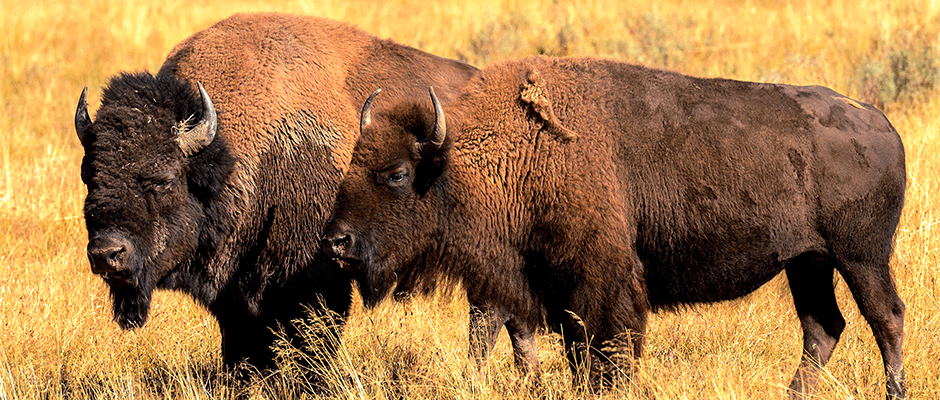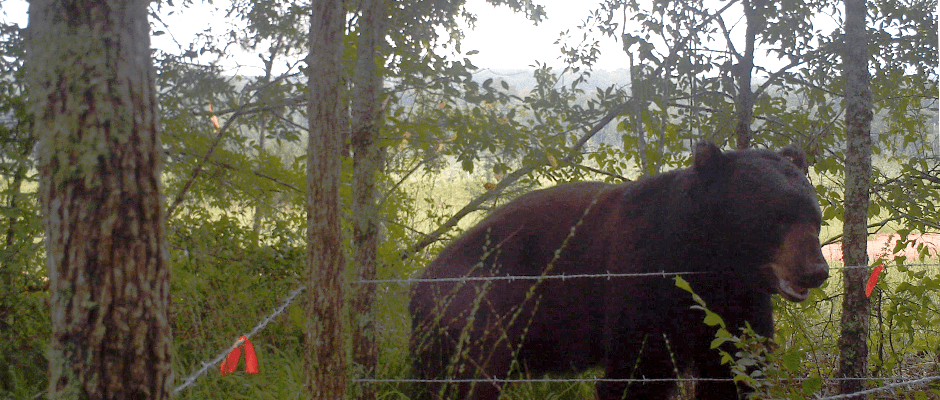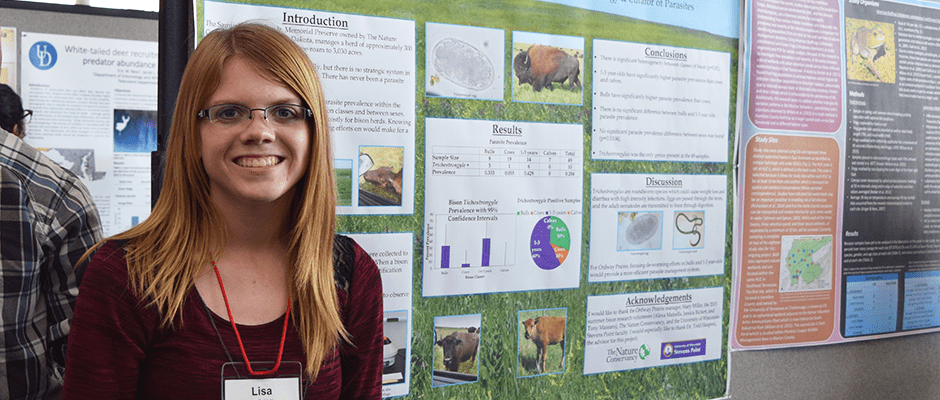- News
-
-
-
-
-
Latest News Articles
- 2024 TWS Elections: Southeastern Representative May 2, 2024
- A sound future for birds starts before birth May 2, 2024
- ‘Supercomputing’ uncovers information about great gray owl May 1, 2024
-
-
-
- Wildlife Professional Resources
-
- Our Network
-
- PUBLICATIONS
-
-
Recent Posts
-
 The Wildlife Professional November/December Issue
November 1, 2023
The Wildlife Professional November/December Issue
November 1, 2023
-
-
-
-
-
-
- Wildlife Events
-
-
-
Upcoming Webinars
- No Events
-
-
-
- Who We Are
-
Geographical Location: United States

February 23, 2017
New England Chapter meeting to focus on wildlife careers
The New England Chapter of The Wildlife Society’s Spring Business Meeting and Workshop will be held on March 13, 2017 from 9:00 am – 4:00 pm in conjunction with the...

February 21, 2017
JWM study: Where Maine’s montane amphibians breed
In the mountains of Maine, where spotted salamanders (Ambystoma maculatum) and wood frogs (Lithobates sylvaticus) breed in temporary vernal pools, they depend most on ponds that stay wet for longer...

February 21, 2017
U.S. appeals court will not rehear dusky gopher frog case
On Feb. 13, the U.S. Court of Appeals for the Fifth Circuit denied a petition filed by a group of Louisiana timber and commercial development businesses for a full panel...

February 16, 2017
JWM study: Off-highway vehicles encroaching on kit fox habitat
Come wintertime in the Southwest, a flurry of recreationists hit the desert trails on dirt bikes, in four-wheel-drive vehicles and on all-terrain vehicles. But recent research demonstrates that this popular...

February 15, 2017
JWM study: Sterilization reduces foaling rates of feral horses
Researchers found using a combination of spaying and vasectomies can be an important management measure for reducing the number of feral horses that are causing widespread damage to habitats and...

February 15, 2017
Yellowstone’s annual bison cull is underway
Yellowstone National Park has begun this winter’s bison cull, an annual event intended to help maintain an ecologically sustainable population of American bison (Bison bison) within the park and to...

February 14, 2017
JWM study: Energy extraction impacting ferruginous hawks
New findings suggest that intensive oil and gas operations may be causing long-term local population declines in the ferruginous hawk (Buteo regalis), the largest species of American hawk, which soars...

February 14, 2017
Student research project: Monitoring Georgia black bears
A small black bear population (Ursus americanus) in central Georgia appears to be relatively stable, and more bears are found in upland habitat filled with pines and other plants, according...

February 7, 2017
More deer may mean fewer songbirds
Large deer populations can be a nuisance for suburban drivers and gardeners, but new research shows they may also play a role in decreasing songbird populations. “Some birds need low-lying...

February 6, 2017
Student Research project: Parasites prevalent in bulls and juvenile bison
While interning with The Nature Conservancy in South Dakota in August 2015, Lisa Zoromski, a University of Wisconsin – Stevens Point senior, found that bulls and juveniles in the free-ranging...

